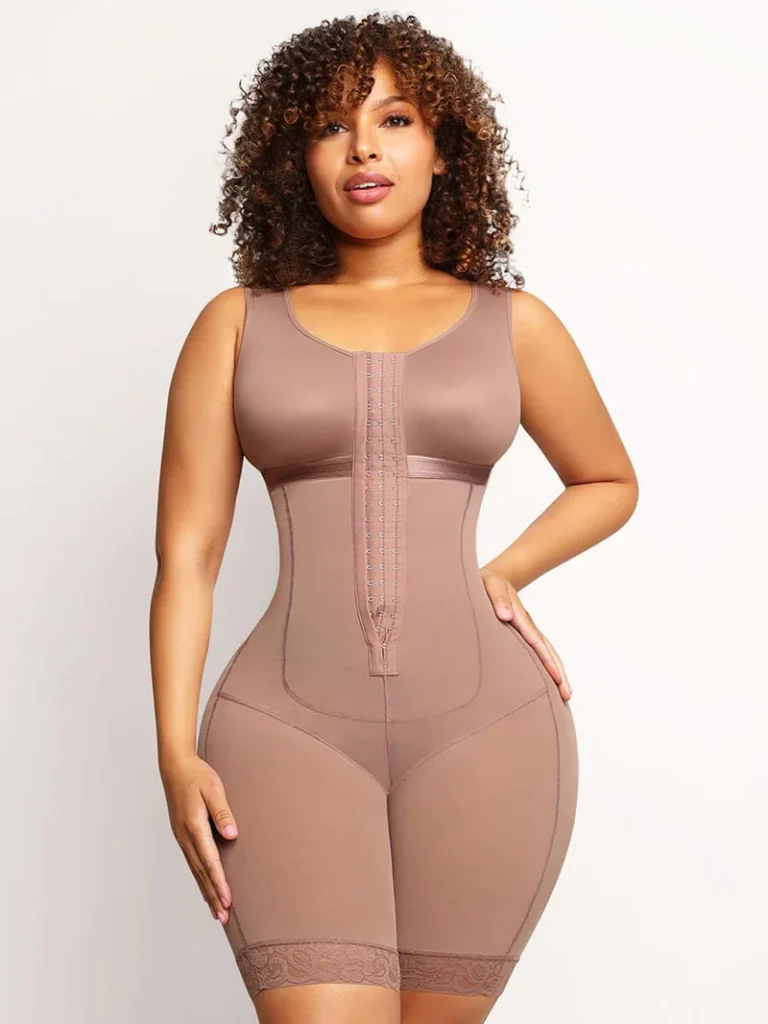Recovering from surgery is a journey, and the right support can make all the difference. When it comes to post-operative recovery, particularly after procedures like liposuction, tummy tucks, or Brazilian butt lifts (BBL), a post-op faja is a crucial tool. But with so many options available, how do you choose the best one? This guide will break down the differences between Stage 1, Stage 2, and Stage 3 fajas, helping you navigate your recovery with confidence.

Understandig More Than Just Shapewear
A faja is a compression garment designed to provide support, reduce swelling, and promote healing after surgery. Unlike regular shapewear, medical-grade fajas are specifically engineered for post-surgical recovery, offering targeted compression and comfort. They play a vital role in:
- Minimizing swelling and bruising: By applying gentle pressure, fajas help reduce fluid buildup and promote lymphatic drainage.
- Supporting surgical areas: They provide crucial support to weakened muscles and tissues, aiding in proper healing.
- Improving posture: Fajas can help maintain proper posture, reducing strain and discomfort.
- Enhancing contouring results: Consistent compression helps mold the body and refine surgical outcomes.
Decoding the Stages: Stage 1, 2, and 3 Fajas
The post-op faja journey is typically divided into three distinct stages, each requiring a specific type of garment:
1. Stage 1 Fajas: Immediate Post-Op Support (First 1-3 Weeks)
- Focus: Gentle compression, comfort, and managing initial swelling.
- Characteristics:
- Softer, more flexible materials.
- Adjustable closures (hooks, zippers, or Velcro) to accommodate swelling.
- Often features open crotch design for convenience.
- Designed for comfort and ease of use in the initial, most sensitive phase of recovery.
2. Stage 2 Fajas: Continued Compression and Contouring (3-8 Weeks)
- Focus: Moderate compression, contouring, and further reducing swelling.
- Characteristics:
- Firmer materials for increased support.
- May feature silicone lining for added comfort and to prevent rolling.
- Adjustable straps and closures for a customized fit.
- Designed to refine the surgical results and shape the body.
3. Stage 3 Fajas: Long-Term Support and Maintenance (8+ Weeks)
- Focus: Firm compression, maintaining results, and providing ongoing support.
- Characteristics:
- Strongest materials for maximum support.
- Often designed for daily wear to maintain desired shape.
- May feature targeted compression zones for specific areas.
- Designed to maintain the achieved results and provide long term support.
Choosing the Right Faja for Your Needs:
- Consult your surgeon: Your surgeon’s recommendations are crucial. They can advise you on the appropriate stage and type of faja for your specific procedure.
- Prioritize comfort: Look for fajas made from breathable, soft materials that won’t irritate your skin.
- Ensure proper fit: A well-fitting faja is essential for optimal results. It should be snug but not too tight.
- Consider adjustability: Adjustable closures and straps allow for a customized fit as your body changes during recovery.
- Look for quality: Invest in a high-quality faja from a reputable brand to ensure durability and effectiveness.
Choosing the right post-op faja is an essential step in your surgical recovery. By understanding the differences between Stage 1, 2, and 3 fajas, and considering your individual needs, you can find the perfect garment to support your healing journey and enhance your results. Remember to always consult with your surgeon for personalized recommendations.
